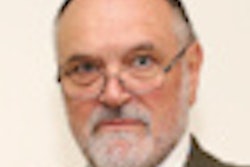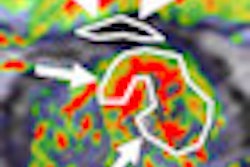A new report by business research firm MarketsandMarkets predicts that the global radiopharmaceutical market will reach $5.5 billion by 2017, at a compound annual growth rate of 7.8%.
The report, which covers a five-year forecast period starting 2012, valued the global radiopharmaceutical market at $3.8 billion in 2012. It evaluates the market drivers for both diagnostic and therapeutic applications.
The SPECT market accounted for a major share of the market for diagnostic radiopharmaceuticals in 2012. North America is the dominant market for diagnostic radioisotopes, with close to half of the market share. The U.S. is the largest consumer market for radiopharmaceuticals, while Canada is one of the largest producers of technetium-99m (Tc-99m).
Other market drivers include increasing use of SPECT and PET scans, technical advancements in equipment, and other factors such as rising awareness of radiopharmaceuticals among physicians, alpha radioimmunotherapy-based targeted cancer treatment, and cyclotron production.
The report estimates that Tc-99m diagnostic procedures are expected to increase by more than 15% in mature markets of North America, Europe, Japan, South Korea, and Asia-Pacific nations between 2010 and 2030.
However, a shortage of molybdenum-99, the precursor to Tc-99m, has been a threat to this industry. Also, the high cost of devices using radioisotopes, short half-lives, lack of good manufacturing practices, and stringent regulatory approvals are major hurdles to growth of the market, according to the report.
The scheduled shutdowns of the National Research Universal (NRU) reactor in Canada in 2016 and the Osiris reactor in France in 2018 pose major risks for manufacturers in the near future, MarketsandMarkets noted. However, radiopharmaceutical companies have increased the production of thallium to meet the shortage, as it is the radiopharmaceutical most commonly used as a substitute for technetium-99 in cardiac stress tests.




















